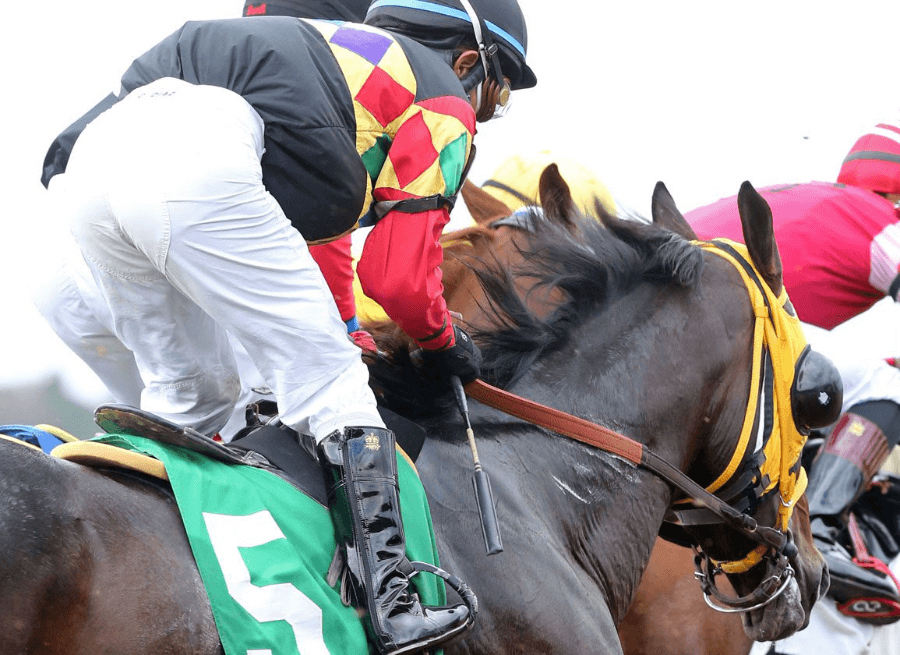Table of Contents
- 1. The Rise of a Hero
- 2. The Whispers of Doubt
- 3. The Investigations Begin
- 4. USADA’s Bombshell Revelation
- 5. Fall from Grace: Confession and Fallout
- 6. Impact on the Cycling World
- 7. Lessons Learned
- 8. Rebuilding Trust: Cycling’s Path Forward
- 9. Reinventing Anti-Doping Measures
- 10. Cultivating Transparency
- 11. Athlete Empowerment and Education
- 12. A New Era of Champions
- 13. Media Scrutiny and Public Perception
- 14. A Legacy of Vigilance
Last updated on August 11th, 2023 at 04:21 pm
In professional cycling, few names shine as brightly as Lance Armstrong. His inspiring journey from surviving cancer to winning the Tour de France a record-breaking seven times made him a global icon of resilience and determination. However, behind this glimmering facade lay a controversy that shook the cycling community to its core – the Armstrong Doping Case. In this comprehensive blog post, we delve into the scandal that forever tarnished Armstrong’s legacy, its far-reaching implications, and the lessons learned for the sport. Let’s start.
1. The Rise of a Hero
Lance Armstrong’s journey from a young Texan cyclist to a cancer survivor and a Tour de France champion captured the world’s imagination. His determination to overcome the odds made him an inspiration to millions. With his Livestrong Foundation, he became a symbol of hope for cancer patients worldwide. However, his remarkable achievements would soon be marred by allegations of performance-enhancing drug use.
2. The Whispers of Doubt
As Armstrong continued to dominate the cycling world, rumors of doping began to surface. Critics questioned how a man who had battled such a debilitating disease could outperform his peers. Whistleblowers, including former teammates, started to shed light on the hidden reality of doping within professional cycling. Here is a detailed guideline on its dosing and cycling.
3. The Investigations Begin
The first official investigation into Armstrong’s alleged doping practices came in 2010 when federal prosecutors initiated a probe. Agencies such as the U.S. Food and Drug Administration and the Federal Bureau of Investigation began examining claims of systematic doping within Armstrong’s teams. This investigation marked a turning point, leading to a cascade of events that would ultimately unravel Armstrong’s legacy.
4. USADA’s Bombshell Revelation
The United States Anti-Doping Agency (USADA) played a pivotal role in exposing the truth behind Armstrong’s alleged doping. In 2012, USADA released a damning report detailing evidence of widespread doping within Armstrong’s teams, including testimony from witnesses, drug tests, and financial transactions that indicated a sophisticated doping program. The report painted a grim picture of a culture of deception and cheating that had pervaded professional cycling.
5. Fall from Grace: Confession and Fallout
Faced with mounting evidence, Lance Armstrong’s defense began to crumble. In 2013, he finally admitted to using performance-enhancing drugs throughout his career in a candid interview with Oprah Winfrey. This confession marked the end of an era and solidified the allegations that had haunted him for years. As a result, Armstrong was stripped of his seven Tour de France titles and banned from professional cycling for life.
6. Impact on the Cycling World
The Armstrong Doping Case sent shockwaves throughout the cycling community. The scandal exposed the deep-rooted issues of doping and the code of silence that had allowed it to persist. Sponsors distanced themselves from the tarnished hero, and fans felt betrayed by the deception. The case also prompted a broader conversation about doping in sports and led to changes in anti-doping policies and testing procedures.
7. Lessons Learned
The Armstrong Doping Case serves as a cautionary tale about the consequences of cheating in sports. It highlights the importance of maintaining the integrity of competition and upholding the values of fair play. The case also emphasizes the need for stringent anti-doping measures, athlete education, and a collective effort to ensure a level playing field.
8. Rebuilding Trust: Cycling’s Path Forward
In the wake of the Armstrong Doping Case, the world of professional cycling found itself at a crossroads. The scandal had cast a shadow over the entire sport, raising questions about the authenticity of achievements and the credibility of athletes. However, from the ashes of this controversy, cycling began a journey of redemption and reform.
9. Reinventing Anti-Doping Measures
One of the immediate responses to the Armstrong scandal was a comprehensive overhaul of anti-doping measures. Cycling’s governing bodies, along with international anti-doping agencies, collaborated to strengthen testing protocols, improve detection methods, and enhance the overall effectiveness of anti-doping programs. The introduction of the Athlete Biological Passport (ABP), which monitors an athlete’s biological variables over time, was a significant step forward in the fight against doping.
10. Cultivating Transparency
Transparency became a cornerstone of cycling’s revival. Teams and riders were urged to be open about their training methods, medical treatments, and any substances they were using. This shift towards transparency aimed to rebuild the trust between athletes and fans, eradicating the culture of secrecy that had allowed doping to thrive.
11. Athlete Empowerment and Education
Recognizing that prevention is as crucial as detection, cycling organizations focused on educating athletes about the dangers and consequences of doping. Rigorous educational programs were introduced at all levels of the sport, emphasizing the importance of clean competition and the long-term health implications of using performance-enhancing substances. By empowering athletes with knowledge, cycling hoped to create a generation of athletes committed to fair play.
12. A New Era of Champions
The post-Armstrong era saw the emergence of a new generation of cycling champions who were determined to prove that success could be achieved without resorting to doping. These athletes, both male, and female, worked tirelessly to demonstrate that the sport could be redefined by dedication, hard work, and talent. Their successes served as a beacon of hope, inspiring others to believe in the integrity of cycling once again.
13. Media Scrutiny and Public Perception
The Armstrong Doping Case had a lasting impact on how the media covered professional cycling. Journalists became more vigilant, investigating and reporting on any suspicious activities or performances. While this scrutiny initially led to skepticism, over time, it contributed to the establishment of a more transparent and accountable cycling community.
14. A Legacy of Vigilance
As time passes, the Armstrong Doping Case continues to shape the landscape of professional cycling. The legacy of the scandal serves as a constant reminder that the sport must remain vigilant in its pursuit of clean competition. While the stain of the past cannot be completely erased, cycling has demonstrated its commitment to moving forward with integrity and honesty.
Conclusion
The Armstrong Doping Case remains one of the most significant scandals in the history of professional sports. It shattered the myth of Lance Armstrong as an untarnished hero and exposed the darker side of competitive cycling. As the sport continues to recover from the aftermath of this scandal, it stands as a reminder that no athlete is above the rules, and the pursuit of victory must always be rooted in honesty and integrity.







